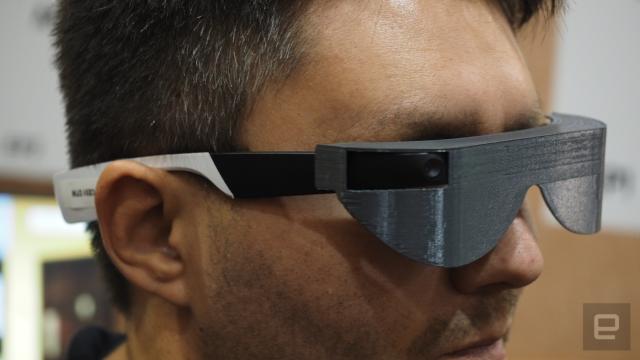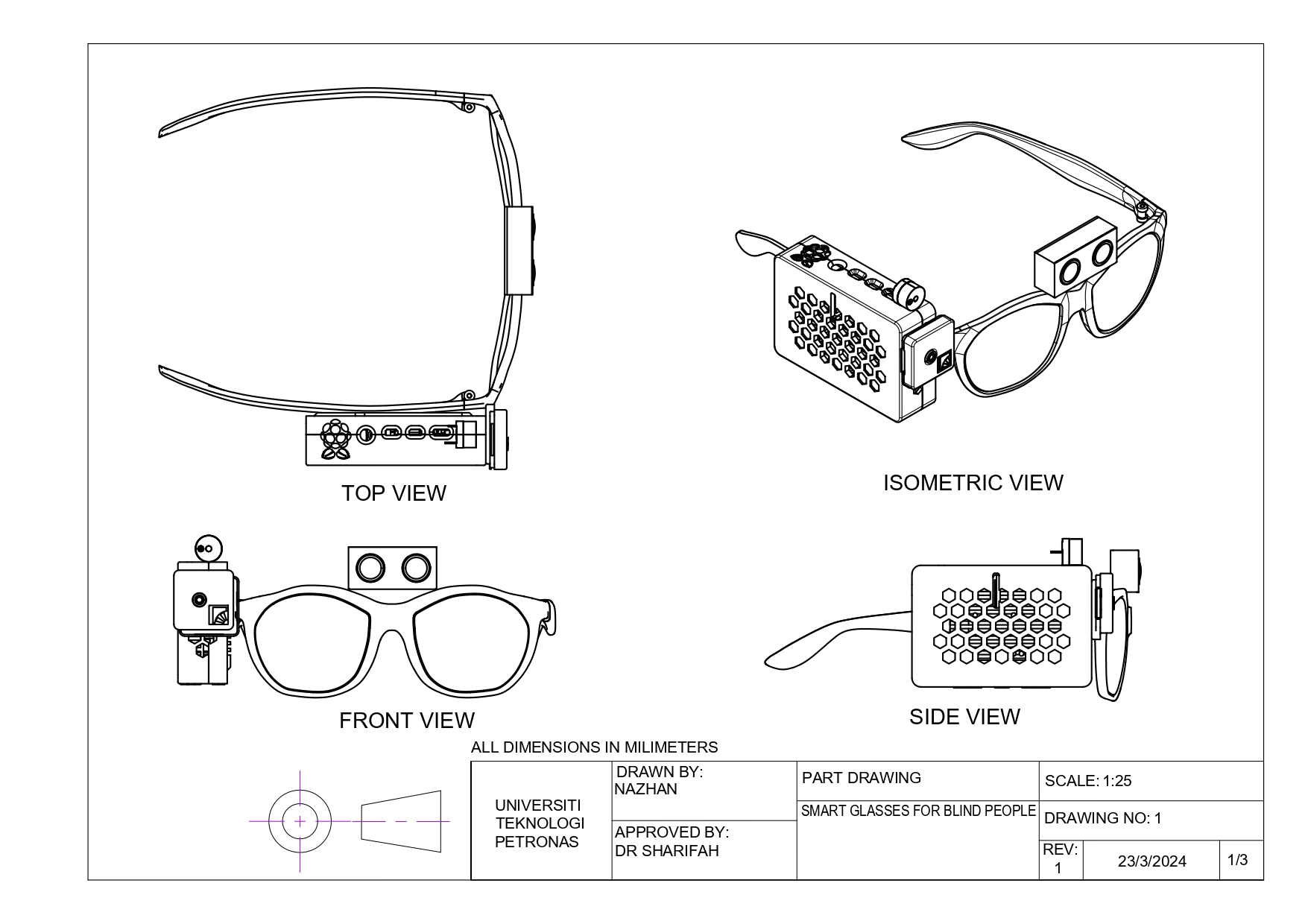Voice-Activated Assistive Devices: Empowering the Visually Impaired Through Innovation
Cutting-edge Solutions in Assistive Technology for Visual Disability
The landscape of assistive technology for aesthetic impairment is developing rapidly, presenting a range of innovative remedies that improve accessibility and self-reliance. From advanced mobile phone applications that promote navigation to wearable gadgets made for real-time advice, these tools are reshaping the experiences of those with aesthetic disabilities.
Developments in Smartphone Applications
Over the last few years, advancements in smartphone applications have dramatically changed the landscape of assistive technology for people with visual problems. These applications take advantage of the powerful sensors and abilities of modern-day smart devices to provide individuals with tools that boost freedom and accessibility in their daily lives.
Significant amongst these innovations are applications made for object recognition, which use the smartphone's camera to identify things and offer spoken descriptions. Such attributes encourage customers to browse their atmospheres a lot more successfully, whether determining items in shops or situating individual belongings in the house. Additionally, text-to-speech applications have improved significantly, making it possible for users to capture printed text via their gadget's electronic camera and obtain split second sound responses, thus assisting in analysis and understanding.
Community-driven applications have promoted social communication and resource sharing amongst people with visual impairments, developing a helpful network that enhances their top quality of life. Overall, smartphone applications have become indispensable allies in promoting freedom and accessibility for people with aesthetic problems.
Wearable Instruments for Navigation
Wearable devices for navigation have actually emerged as a groundbreaking service for individuals with aesthetic disabilities, providing hands-free aid that improves mobility and orientation. These gadgets generally use sophisticated technologies, including GPS, ultrasonic sensing units, and artificial intelligence, to offer real-time responses and instructions to customers as they browse their environment.
One noteworthy instance of wearable navigating technology is smart glasses, which can detect challenges and relay auditory or haptic responses to the wearer, enabling efficient and secure movement in different setups. Various other tools, such as belts and vests geared up with sensors, can likewise inform individuals of their environments by supplying signals about nearby things or modifications in surface.
Furthermore, numerous wearable gadgets incorporate with smart device applications, enabling users to tailor their navigation choices and obtain tailored course recommendations. This personalization can dramatically boost the user experience, encouraging individuals to travel with higher self-confidence and freedom.
As innovation proceeds to develop, the possibility for wearable navigating devices to enhance the top quality of life for people with aesthetic impairments stays significant, leading the way for more obtainable and inclusive atmospheres.
Smart Home Modern Technology Combination

Additionally, wise appliances equipped with tactile interfaces or acoustic feedback offer user-friendly communications that provide specifically to the eye care near me demands of those with aesthetic problems. As an example, wise refrigerators can reveal their materials and expiry dates, while smart stoves can lead users via the food preparation process with audio directions.
Home automation systems, such as smart doorbells and protection cameras, use satisfaction by permitting individuals to obtain alerts and gain access to live feeds via their mobile phones, enhancing individual security (AI-powered visual aids). In addition, integration with mobile phones and tablets makes sure that users can handle their home atmosphere from anywhere within their properties
As wise home modern technology proceeds to develop, it holds the potential to transform the living experiences of people with aesthetic problems, promoting self-reliance and improving lifestyle in a progressively linked globe.

Educational Equipment and Resources
Accessibility to reliable academic devices and sources is important for individuals with visual disabilities, as it equips them to involve totally in their knowing experiences. Various assistive technologies have been established to improve accessibility and foster independent learning. Screen viewers, for example, transform text right into speech, permitting students to gain access to digital content seamlessly. AI-powered visual aids. In addition, refreshable braille display screens offer responsive comments, making it simpler for learners to interact with created product.
In addition, academic software particularly made for visually impaired customers provides features such as high-contrast settings and adjustable text dimensions. These devices suit varied knowing designs and make certain that pupils can tailor their instructional experience to their needs.
Moreover, accessibility to electronic collections and audio books expands the series of offered understanding products, enabling trainees to explore subjects extensive without the restrictions enforced by traditional print sources. Collective systems that integrate access features likewise facilitate team projects, guaranteeing that aesthetically damaged students can add meaningfully together with their peers.
Neighborhood Assistance and Involvement
A robust network of click here to read community support and involvement is vital for individuals with aesthetic problems, fostering a comprehensive setting where they can grow. Community organizations, neighborhood advocacy groups, and volunteers play a critical role in giving sources, details, and companionship, which are important for boosting the high quality of life for those impacted by visual problems.
Interaction tasks such as workshops, gatherings, and support teams not just facilitate skill development but likewise promote social interaction, decreasing feelings of seclusion. These initiatives encourage people to share experiences, difficulties, and successes, therefore strengthening community bonds. Additionally, collaborations with neighborhood businesses can result in higher availability in public spaces, further incorporating individuals with aesthetic impairments right into the area.
Technology additionally enhances area engagement with on the internet platforms that provide online assistance groups and sources, allowing people to connect no matter geographical obstacles. By utilizing both electronic and in-person options, communities can produce a detailed support network. Inevitably, cultivating partnership among different stakeholders-- including family members, instructors, and medical care the eye doctor professionals-- ensures that individuals with aesthetic disabilities get the alternative support required to navigate day-to-day live efficiently and with dignity.
Verdict
Ingenious remedies in assistive modern technology for visual impairment dramatically improve the high quality of life for people dealing with these challenges. The assimilation of smart device applications, wearable devices, smart home technology, and academic tools cultivates better self-reliance and ease of access.
The landscape of assistive innovation for aesthetic disability is developing rapidly, presenting a variety of cutting-edge services that improve access and freedom. Community-driven applications have fostered social communication and source sharing among individuals with aesthetic problems, creating a helpful network that enhances their high quality of life. In general, mobile phone applications have actually ended up being crucial allies in promoting freedom and ease of access for people with visual problems.
Several individuals with visual impairments are locating better autonomy with the integration of smart home innovation.Cutting-edge options in assistive technology for visual disability substantially improve the high quality of life for individuals encountering these difficulties.